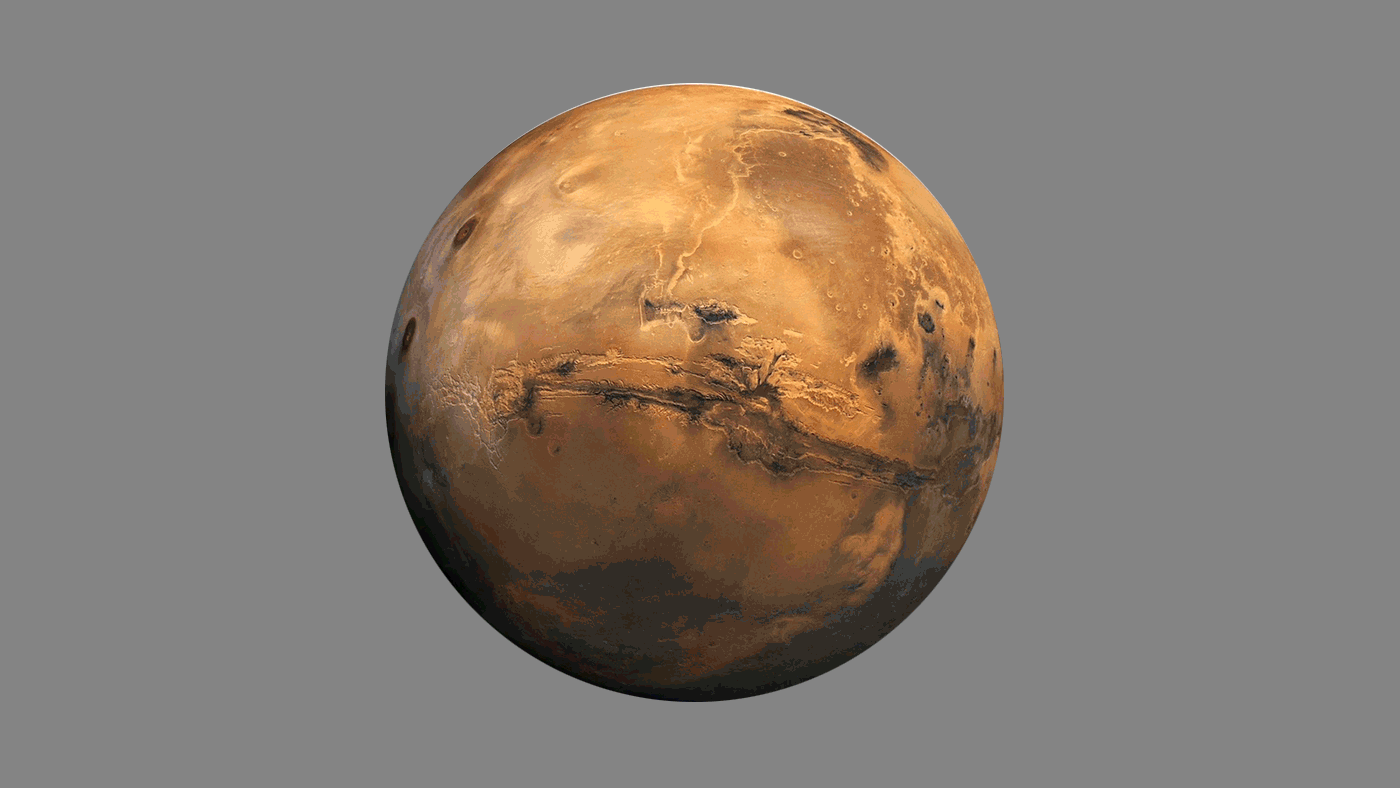Earth’s Moon and Mercury, the closest planet to the Sun, may contain significantly more water ice than previously thought, according to a new analysis of data from NASA’s LRO and MESSENGER spacecraft.
Shining (Star)light on the Search for Life
Confirmation of Toasty TESS Planet Leads to Surprising Find of Promising World
Hubble Uncovers a ‘Heavy Metal’ Exoplanet Shaped Like a Football
How fireflies glow – and what signals they’re sending
You might not really be sure you saw what you think you saw when the first one shows up. But you stare in the direction of the flicker of light and there it is again – the first firefly of the evening. If you are in good firefly habitat, soon there are dozens, or even hundreds, of the insects flying about, flashing their mysterious signals.
How to stroke a cat, according to science
How big is the Moon? Let me compare…
Micro-naps for plants: Flicking the lights on and off can save energy without hurting indoor agriculture harvests
Curious kids: Why do birds sing?
There’s a simple way to drought-proof a town – build more water storage
Do cats purr when humans aren’t around?
Why the Moon is such a cratered place
Adapting cities to a hotter world: 3 essential reads
Heat waves can be deadly, especially when they combine high temperatures with elevated humidity levels that make the air feel even hotter. The impacts can be especially strong in cities, which often are several degrees warmer than nearby rural areas due to the urban heat island effect. These three articles from The Conversation’s archives describe steps that communities can take to adapt as climate change makes heat waves more frequent and intense.
What Does a Marsquake Look Like?
Southern California got all shook up after a set of recent quakes. But Earth isn't the only place that experiences quakes: Both the Moon and Mars have them as well. NASA sent the first seismometer to the Moon 50 years ago, during the Apollo 11 mission; the agency's InSight lander brought the first seismometer to Mars in late 2018, and it's called the Seismic Experiment for Interior Structure (SEIS).
Heat stroke: A doctor offers tips to stay safe as temperatures soar
I easily remember laughing at Wile E. Coyote trying to catch the Road Runner while watching Saturday morning cartoons as a child. I can still see the Coyote walking slowly through the sweltering desert, sun high in the sky, sweating, tongue-hanging-out, about to collapse from heat, hunger and thirst. Then, BEEP! BEEP! the Road Runner would fly past, and the chase was on with a perfectly revived Coyote.
Yes, I’m searching for aliens – and no, I won’t be going to Area 51 to look for them
Offspring of pregnant women exposed to high level of pollutants may have lower IQs
There are Ring-Like Formations Around the Lakes on Titan
Some lakes on Titan have ring-like shapes around them, and scientists are trying to find out how they formed. Understanding how they formed may tell us something about how the entire region they’re in, including the lakes, formed. The ring-shaped features are found around pools and lakes at Titan’s polar regions.
Gaia Mission is Mapping Out the Bar at the Center of the Milky Way
Despite the many advancements made in the field of astronomy, astronomers still struggle to get an accurate assessment of the Milky Way Galaxy. Because we are embedded in its disk, it is much more difficult to assess its size, structure, and extent – unlike galaxies located millions (or billions) of light-years away. Luckily, thanks to improved instruments and tireless efforts, progress is being made all the time.




















